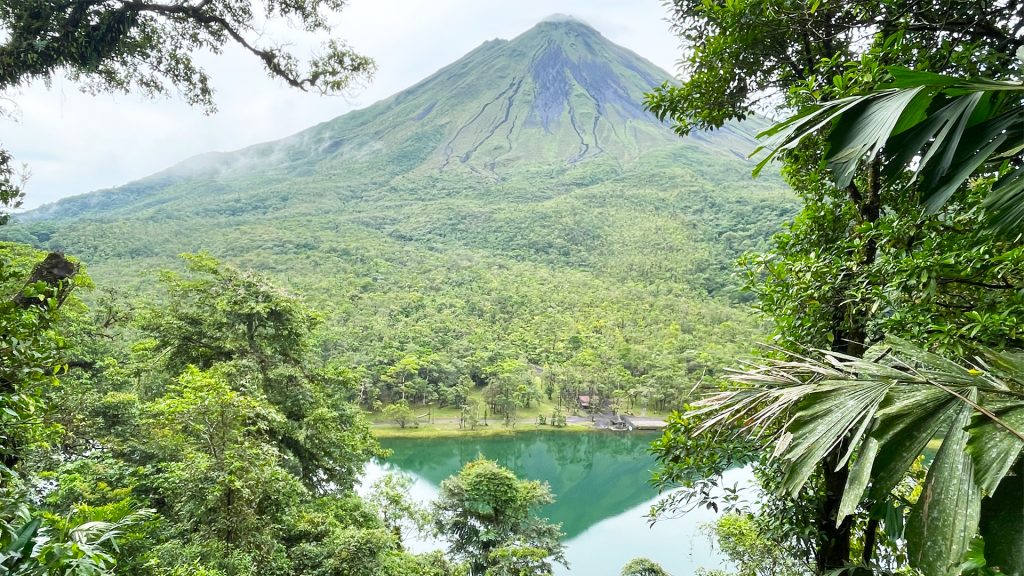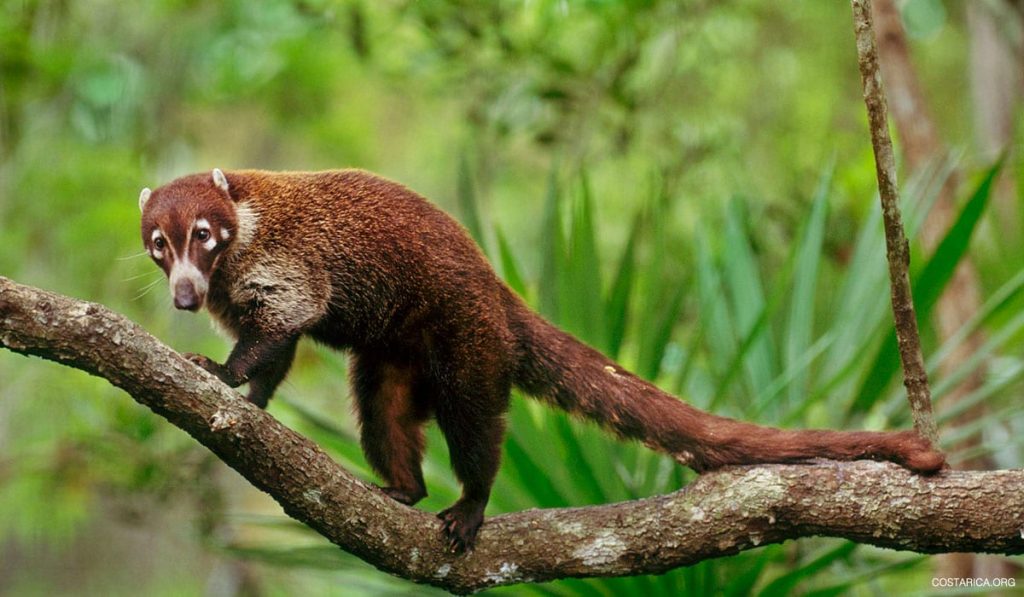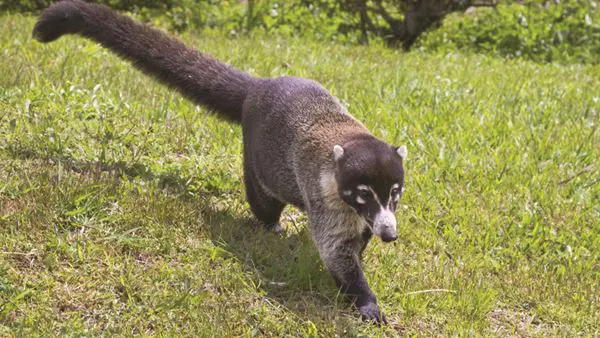Spotting the Coatí: One of the best things to do in Guanacaste Costa Rica
Are you ready to embark on an unforgettable journey in order to spot the magnificent Coatí of Costa Rica? From thrilling adventures for the adrenaline junkies to serene wellness retreats for those seeking relaxation, the province of Guanacaste offers a diverse range of experiences that are sure to ignite your wanderlust. If you are looking for an amazing adventure here at this great country, there are many things to do in Guanacaste Costa Rica. Usually tour programs are the best way to get to know the most amazing things regarding Costa Rica.
Costa Rica, renowned for its lush biodiversity and stunning natural landscapes, is a haven for wildlife enthusiasts and those who cherish unique ecological experiences. Among the myriad of species that call this Central American paradise home is the intriguing and dynamic South American coati, or coatí, scientifically known as Nasua nasua. Embarking on tours in Costa Rica Guanacaste, specifically in the province of Guanacaste, presents an exceptional opportunity to observe these remarkable creatures in their natural habitat.
When it comes to exploring Guanacaste on a budget, private transportation services Costa Rica is the way to go. Offering an affordable option for travelers, buses and shuttles provide a convenient way to navigate the region’s diverse landscapes and attractions. Whether you’re heading to the beach, exploring national parks, or visiting local towns, public transportation allows you to immerse yourself in the authentic Costa Rican experience.

With regular schedules and routes connecting popular destinations, you can plan your adventures with ease while saving money for other exciting activities. Embrace the local culture, interact with friendly locals, and witness the stunning beauty of Guanacaste from the comfort of a bus or shuttle. So, hop on board and embark on a budget-friendly journey through this captivating region!
Discovering the Coatí, one of the best things to do in Guanacaste Costa Rica
Guanacaste, with its diverse ecosystems encompassing everything from dry forests to misty cloud forests, is a prime location within Costa Rica to spot the elusive coatí. With Costa Rica tour for families in Guanacaste you can usually be able to spot this great animal. These tour often can head towards national parks like:
- Rincon de la Vieja.
- Santa Rosa.
- Guanacaste National Park.
- Tenorio Volcano national park.
Here at these magnificent locations, you can easily be able to spot coatis. Which are known to be really active in these regions. In case that you really want to enjoy from the seeing of these animals, then we strongly suggest you to get into private tours. There are no doubts that by visiting these zones you will be able to spot them. This is mainly because they are really active animals.


When exploring these areas, visitors should keep their eyes peeled for the coatí’s distinctive features to help spot them. Known for their long, ringed tails that they often hold erect and a pointed snout that seems to be perpetually in search of something buried, Coatís are both curious and endearing. Males are generally solitary, while females and young ones travel in groups called bands, which can range from a few individuals to 20 or more.
The Survival Tactics of the Coatí
Coatís are remarkably adaptable and resourceful animals capable of thriving in various environments. Their omnivorous diet plays a significant part in their survival, consuming everything from fruits, nuts, and seeds to small vertebrates, insects, and carrion. While on a tour, you might witness a coatí foraging with its agile snout, flipping over rocks or rifling through leaf litter to uncover hidden morsels.

Their ingenuity extends to their social behavior. Female Coatís and their young communicate with an array of vocalizations and tail signals that help them maintain group cohesion and alert each other of potential dangers. This social structure enables them to fend off predators more effectively and increases their foraging success.
With Costa Rica tour for families you can actually be able to spend a nice time with your family trying to spot these friendly animals. It is, without doubts, one of the most representatives of Costa Rica.
Interesting Facts and Lifestyle Insights of the Coatí
A fascinating facet of Coatí behavior is their exceptional climbing prowess. With strong limbs and reversible ankle joints, they can descend trees headfirst, much like squirrels. This ability gives them an edge when escaping predators or seeking out tree-borne foods.
Coatís are diurnal creatures, most active during the day, which bodes well for day-trippers in Costa Rica. Their daily routine consists of foraging expeditions followed by periods of rest in the forest canopy, where they can escape the midday heat.
During Costa Rica tours in Guanacaste, naturalists might share that the breeding season for coatís is a spectacular display of their vibrant lifestyles. Females construct leafy nests in trees where they give birth and nurture their young. These nests become a hub of activity, with the young coatís energetically learning to navigate their arboreal world under the watchful eyes of their mother and other females in the band.

Whether you’re a wildlife photographer, a nature lover, or simply a curious traveler, witnessing the coatí in its natural environment adds an enriching layer to any Costa Rican journey, especially in the exquisite setting of Guanacaste. Observing these intelligent and charming creatures while on tour can offer insights into the complex tapestry of life that thrives within Costa Rica’s borders.
More to know about best things to do in Guanacaste Costa Rica
There are no doubts that, the Coatí remains one of the many natural treasures that await in the dynamic province of Guanacaste. With a mix of patience, a keen eye, and the guidance of expert Costa Rica tour for families operators, visitors have the chance to encounter these engaging animals and appreciate their vital role in the local ecosystem. Whether amidst the backdrop of a volcano, a dense forest, or along the trails of a national park, the coatí is a splendid example of the rich biodiversity that makes Costa Rica an extraordinary destination for eco-tourism.

